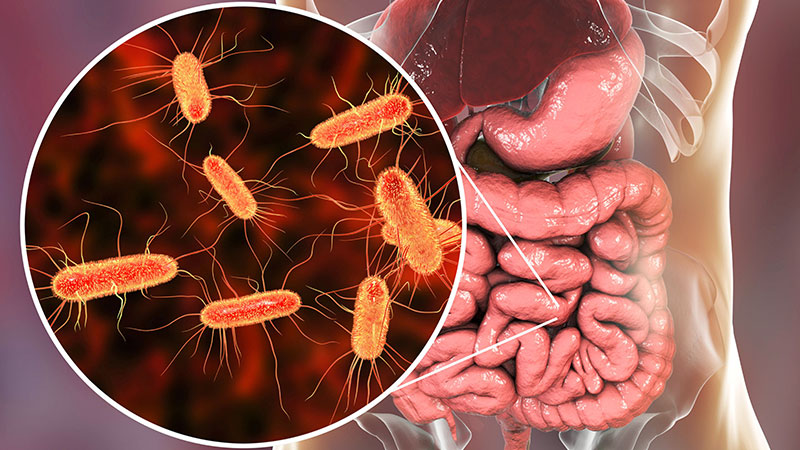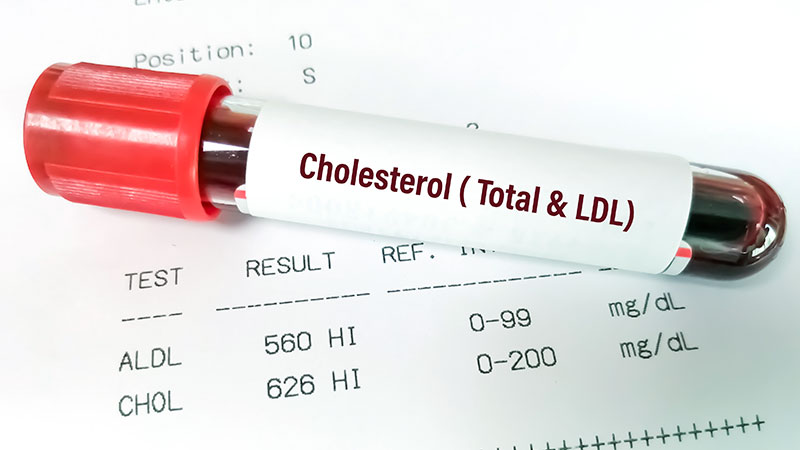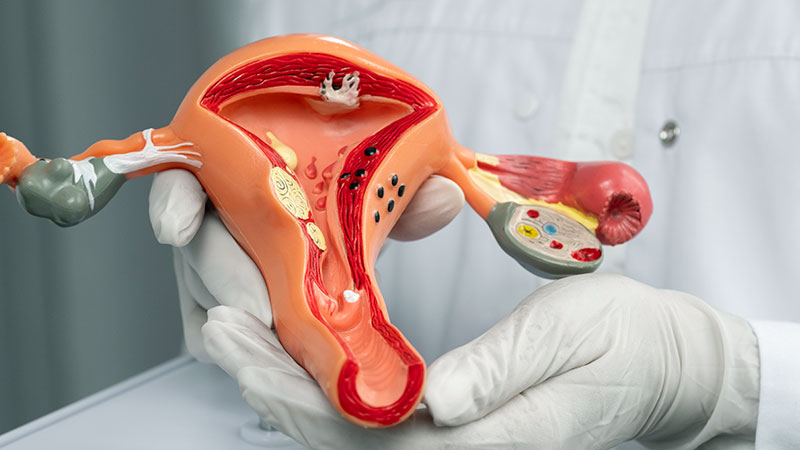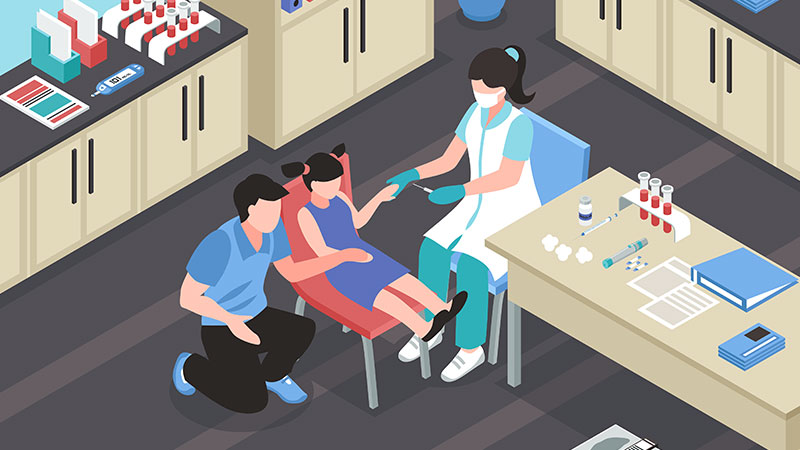What factors contribute to the development of Type 2 diabetes? This question is crucial for understanding the complex interplay of genetics, lifestyle, and environmental factors that underlie this prevalent chronic condition.
Type 2 diabetes is primarily attributed to insulin resistance, where the body’s cells fail to respond effectively to insulin. However, the exact causes of insulin resistance are multifaceted.
Genetics play a significant role, with certain genetic predispositions increasing the risk of developing Type 2 diabetes.
Additionally, lifestyle factors such as obesity, physical inactivity, and poor dietary habits contribute significantly to the onset and progression of the disease.
Environmental factors, including socioeconomic status and exposure to certain toxins, also influence the development of Type 2 diabetes.
This comprehensive understanding of the causes of Type 2 diabetes is essential for effective prevention and management strategies.

What is Type 2 Diabetes
Type 2 diabetes is a chronic metabolic disorder characterized by high blood sugar levels resulting from the body’s inability to effectively use insulin.
Insulin, a hormone produced by the pancreas, helps regulate blood sugar by facilitating the uptake of glucose into cells for energy.
In Type 2 diabetes, cells become resistant to the action of insulin, leading to a buildup of glucose in the bloodstream.
Initially, the pancreas compensates by producing more insulin, but over time, it may struggle to keep up with demand, resulting in relative insulin deficiency.
This condition is often associated with obesity, physical inactivity, and poor dietary habits, although genetic factors also play a significant role.
Type 2 diabetes can lead to serious complications, including cardiovascular disease, neuropathy, nephropathy, retinopathy, and foot problems.
Management typically involves lifestyle changes, such as healthy eating and regular exercise, along with medications or insulin therapy to control blood sugar levels.
Early detection and proactive management are crucial for preventing complications and improving outcomes.
13 Causes of Type 2 Diabetes
Type 2 diabetes is a complex condition influenced by a variety of factors, ranging from genetics to lifestyle choices. Understanding these causes is crucial for effective prevention and management.
In this comprehensive guide, we’ll explore each of the 13 causes of Type 2 diabetes in detail.
1. Genetic Predisposition

While genetics alone do not determine the development of Type 2 diabetes, they play a significant role. Individuals with a family history of diabetes are at a higher risk of developing the condition.
Specific genetic variants can affect insulin production, glucose metabolism, and other factors contributing to diabetes risk.
Understanding one’s genetic predisposition can help individuals take proactive steps to prevent or manage Type 2 diabetes through lifestyle modifications and regular monitoring.
2. Insulin Resistance

Insulin resistance is a key feature of Type 2 diabetes, where cells become less responsive to insulin’s action. This results in impaired glucose uptake, leading to elevated blood sugar levels.
Over time, the pancreas compensates by producing more insulin, but eventually, it may fail to keep up with the body’s demands. Insulin resistance is closely linked to obesity, physical inactivity, and unhealthy dietary habits.
Addressing insulin resistance through lifestyle changes, such as weight loss and regular exercise, is crucial for managing Type 2 diabetes.
3. Obesity

Obesity is a major risk factor for Type 2 diabetes, particularly abdominal or visceral obesity. Excess body fat, especially around the abdomen, contributes to insulin resistance and inflammation, increasing the risk of diabetes.
Adipose tissue secretes hormones and cytokines that disrupt insulin signaling and glucose metabolism.
Losing weight, even a modest amount, can improve insulin sensitivity and reduce the risk of developing Type 2 diabetes.
A combination of healthy eating, regular physical activity, and behavioral changes is essential for successful weight management and diabetes prevention.
4. Sedentary Lifestyle

Physical inactivity is strongly associated with the development of Type 2 diabetes. Regular exercise helps maintain a healthy weight, improves insulin sensitivity, and reduces blood sugar levels.
Conversely, a sedentary lifestyle contributes to weight gain, insulin resistance, and other metabolic abnormalities.
Incorporating aerobic exercise, strength training, and flexibility exercises into daily routines can help prevent or manage Type 2 diabetes.
Even small changes, such as taking the stairs instead of the elevator or going for a brisk walk during breaks, can make a significant difference in overall health and diabetes risk.
5. Poor Diet

A diet high in processed foods, refined carbohydrates, sugars, and unhealthy fats increases the risk of Type 2 diabetes. These foods contribute to weight gain, insulin resistance, inflammation, and other metabolic disturbances.
On the other hand, a diet rich in whole grains, fruits, vegetables, lean proteins, and healthy fats can help prevent or manage diabetes by promoting weight loss, improving insulin sensitivity, and stabilizing blood sugar levels.
Adopting a balanced and nutritious eating plan, along with mindful eating habits, is essential for diabetes prevention and management.
6. Age

Age is a significant risk factor for Type 2 diabetes, with the prevalence increasing with advancing age.
While diabetes can develop at any age, the risk rises significantly after 45 years. Aging is associated with changes in metabolism, hormonal fluctuations, and decreased physical activity, all of which contribute to diabetes risk.
However, lifestyle factors remain crucial, and healthy habits adopted earlier in life can help reduce the risk of developing Type 2 diabetes as one ages. Regular health screenings and preventive measures become increasingly important as individuals grow older.
7. High Blood Pressure

High blood pressure, or hypertension, is a common comorbidity of Type 2 diabetes and a significant risk factor for cardiovascular complications.
The relationship between hypertension and diabetes is bidirectional, with each condition exacerbating the other’s effects.
Hypertension contributes to vascular damage, increases the risk of heart disease, stroke, and kidney disease, and impairs glucose metabolism.
Lifestyle modifications such as dietary changes, weight loss, regular exercise, and medication adherence are essential for managing both conditions and reducing the risk of complications.
8. High Cholesterol Levels

Elevated levels of cholesterol, particularly LDL cholesterol (often termed “bad” cholesterol) and triglycerides, are associated with an increased risk of Type 2 diabetes.
Dyslipidemia contributes to insulin resistance, inflammation, and endothelial dysfunction, all of which play a role in the pathogenesis of diabetes.
Managing cholesterol levels through dietary changes, physical activity, and medication, if necessary, is essential for preventing cardiovascular complications in individuals with diabetes.
A heart-healthy lifestyle, including a diet low in saturated fats and cholesterol, regular exercise, and smoking cessation, is crucial for managing both diabetes and dyslipidemia.
9. History of Gestational Diabetes

Women with a history of gestational diabetes (diabetes during pregnancy) are at increased risk of developing Type 2 diabetes later in life.
Gestational diabetes is a temporary condition that occurs during pregnancy due to hormonal changes and increased insulin resistance.
However, it raises the risk of developing Type 2 diabetes in the future, particularly if lifestyle changes are not implemented postpartum.
Regular monitoring of blood sugar levels, healthy eating, weight management, and physical activity are essential for reducing the risk of Type 2 diabetes in women with a history of gestational diabetes.
10. Polycystic Ovary Syndrome (PCOS)

Polycystic ovary syndrome (PCOS) is a hormonal disorder common among women of reproductive age.
It is characterized by irregular menstrual periods, excessive hair growth, acne, and cysts on the ovaries. PCOS is closely associated with insulin resistance and hyperinsulinemia, which increase the risk of Type 2 diabetes.
Women with PCOS should undergo regular screening for diabetes and implement lifestyle changes to improve insulin sensitivity and reduce diabetes risk.
Weight management, dietary modifications, regular exercise, and, in some cases, medication are important components of PCOS management and diabetes prevention.
11. Hormonal Imbalances

Hormonal imbalances, including abnormalities in insulin, cortisol, thyroid hormones, and sex hormones, can contribute to the development of Type 2 diabetes.
Insulin resistance and hyperinsulinemia are central to many hormonal imbalances, disrupting glucose metabolism and increasing diabetes risk.
Hormonal fluctuations during puberty, pregnancy, menopause, and certain medical conditions can exacerbate insulin resistance and lead to diabetes.
Balancing hormones through lifestyle interventions, medication, and hormone therapy, if necessary, is essential for managing diabetes risk in individuals with hormonal imbalances.
12. Chronic Stress

Chronic stress, whether physical, emotional, or psychological, can have detrimental effects on overall health, including an increased risk of Type 2 diabetes.
Stress activates the body’s fight-or-flight response, leading to the release of stress hormones such as cortisol and adrenaline.
Prolonged exposure to stress hormones can disrupt glucose metabolism, promote inflammation, and contribute to insulin resistance.
Managing stress through relaxation techniques, mindfulness, physical activity, social support, and professional counseling is crucial for diabetes prevention and overall well-being.
13. Family History of Diabetes

A family history of Type 2 diabetes significantly increases an individual’s risk of developing the condition.
While genetics alone do not determine diabetes risk, inherited genetic variants combined with shared lifestyle habits within families contribute to the familial clustering of diabetes.
Having a first-degree relative, such as a parent or sibling, with Type 2 diabetes substantially elevates one’s risk.
However, lifestyle modifications, including healthy eating, regular exercise, and weight management, can help offset genetic predispositions and reduce the likelihood of developing diabetes, even in individuals with a family history of the disease.
Type 2 diabetes is a multifactorial condition influenced by various genetic, lifestyle, and environmental factors.
Understanding these diverse causes is essential for effective prevention, early detection, and management of the disease.
Wrapping Up
Understanding the multifactorial nature of Type 2 diabetes causes is crucial for effective prevention and management.
While insulin resistance lies at the core of this condition, its development is influenced by a combination of genetic, lifestyle, and environmental factors.
Genetic predispositions can increase susceptibility, but lifestyle choices such as poor diet, sedentary behavior, and obesity significantly contribute to its onset and progression.
Additionally, socioeconomic factors and environmental toxins play roles in shaping the risk profile for Type 2 diabetes.
Recognizing these diverse influences empowers individuals and healthcare professionals to implement targeted interventions, including lifestyle modifications and early screening.
By addressing these underlying causes comprehensively, we can mitigate the risk of developing Type 2 diabetes and improve overall health outcomes for affected individuals.
